China, late Wanli period (1573-1620).
The bowls with everted scalloped mouth rims known as ‘klapmuts’, hand painted with underglaze blue decorations of birds in a natural landscape. On the cavettos the lobed medallions with horizontal peach sprays alternate with medallions containing auspicious symbols. The narrow panels have bows with hanging ribbons, while the rims are decorated with four masks. Lobed medallions and floral sprays are decorated on the undersides. Kiln grit is stuck on the foot rims.
The two bowls are slightly varying in decoration and size.
Asking price is for two bowls together in one buy.
Literature:
Kraak Porcelain, A Moment in the History of Trade, by Maura Rinaldi, p. 130, pl. 141 and p. 132, pl. 145.
Dimensions (few mm varying in size):
Height 4.7 cm, diameter 14.6 cm.
Condition:
Minor fritting, small chip and some glaze scuff to the rim. Furthermore in very good condition.
About the klapmuts shape:
"Klapmuts" is Dutch and basically means a cap or a hat of a particular shape. The klapmuts was the standard 17th century headgear of the Dutch poor. The less expensive was made out of wool while the more expensive was fashioned of beaver felt.
The shape of this hat is the source of the name for the typical Dutch market soup bowl of the late Ming dynasty, typically in Kraak decoration.
While Chinese food bowls are typically held in one hand while eating the prepared and cutup food with chopsticks, European etiquette prescribed the use of knife for cutting up the food yourself and a large spoon, for soups. For this reason a new bowl shape with a rim for resting the spoon was needed. This shape was eventually developed into what we know as a deep plate.
The rims are in sources explained as for condiments such as mustard while others mention them as for disposing of bones and similar onto.
Worldwide registered and insured shipping.
Take a look at our other listings for more Asian art, antiques, design, etc.
Code: MW2


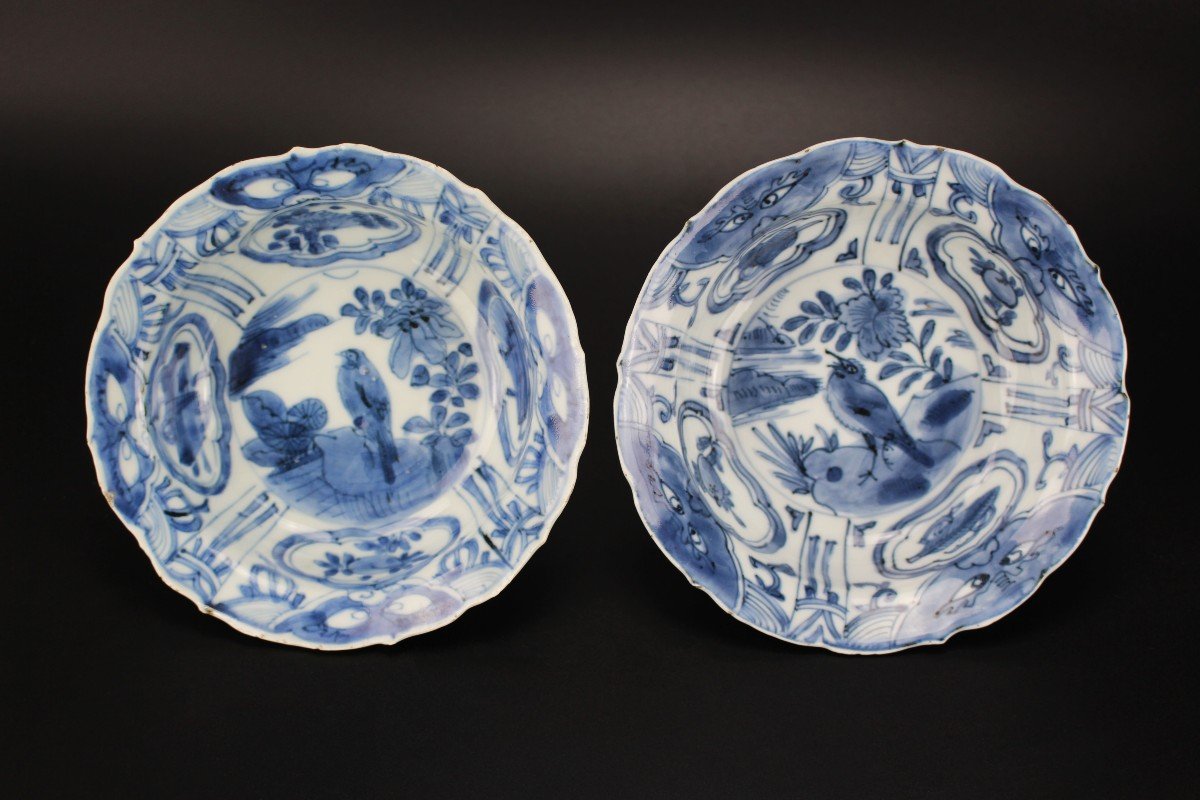




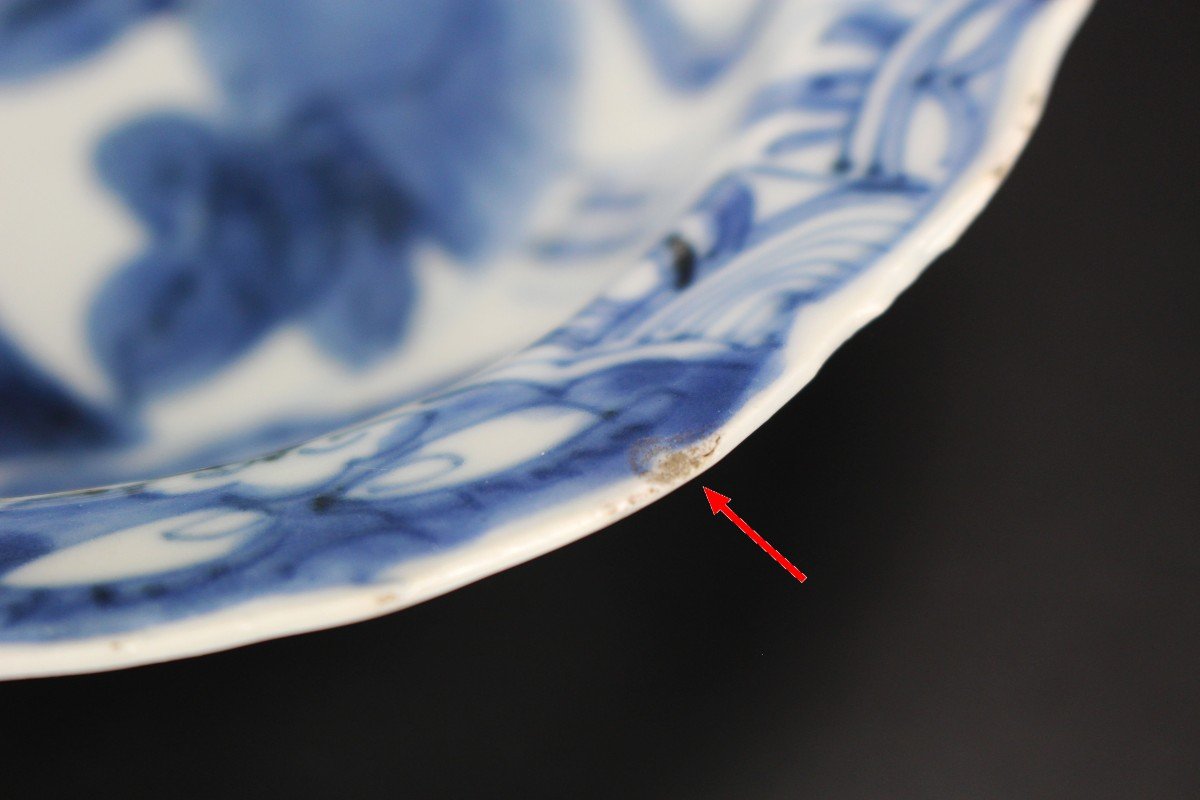

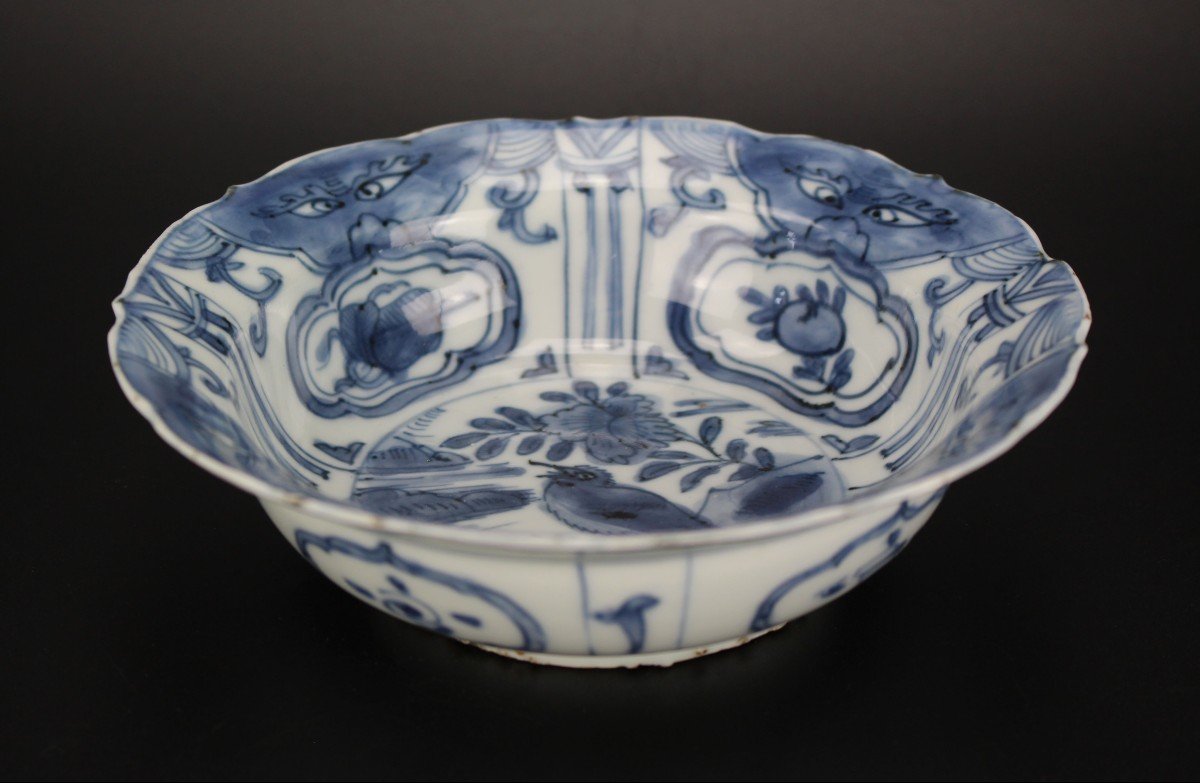






























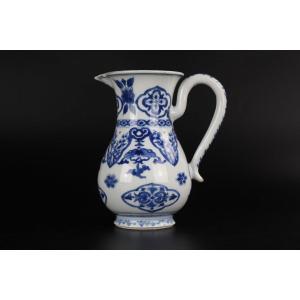



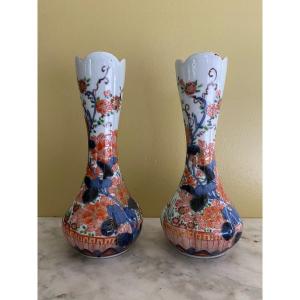





 Le Magazine de PROANTIC
Le Magazine de PROANTIC TRÉSORS Magazine
TRÉSORS Magazine Rivista Artiquariato
Rivista Artiquariato